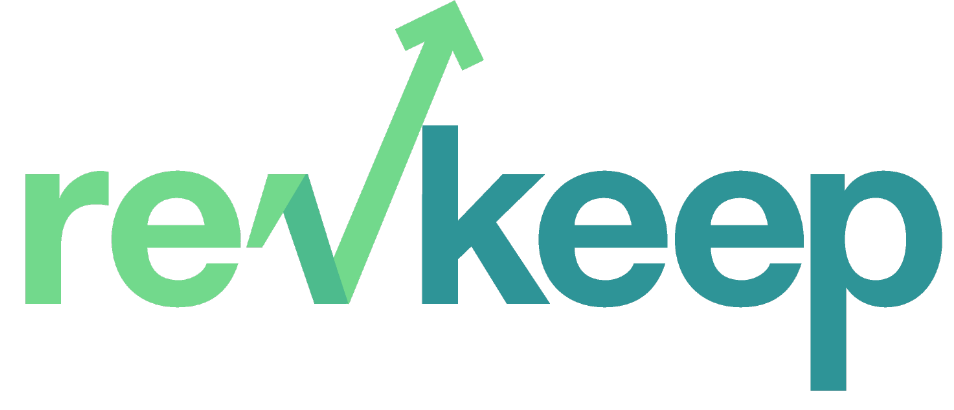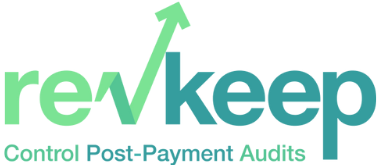Introduction to RAC Audits
RAC audits, or Recovery Audit Contractor audits, are an essential part of healthcare revenue cycle management (RCM). They help healthcare providers identify and rectify errors in Medicare and Medicaid payments, ensuring compliance and accurate reimbursement. However, the RAC audit process can be complex and time-consuming, potentially leading to financial setbacks for healthcare organizations.
Understanding the RAC Audit Process
To effectively navigate the RAC audit process, it’s crucial to grasp the various stages involved. Here’s a brief overview of the key steps:
Identification of Potential Issues
In the initial stage, RAC auditors review healthcare provider claims to identify potential coding and documentation errors.
They compare claims to established medical necessity criteria, policies, and guidelines to identify improper payments.
Documentation Request
Once potential issues are identified, RAC auditors request additional documentation from the healthcare provider to validate the claims.
Proper documentation is crucial for supporting the medical necessity of services provided.
Review and Analysis
RAC auditors meticulously review the documentation to determine if the services were medically necessary and properly documented.
They assess whether the claims comply with coding and billing standards.
Findings and Appeals
After review, auditors provide healthcare providers with their findings, which can include requests for repayment or denials of claims.
Healthcare providers have the opportunity to appeal these findings, providing additional documentation or evidence to support their claims.
The Role of Medical Review and Education
One of the most effective strategies for improving RAC audit outcomes is to focus on medical review and education. This entails ensuring that healthcare providers are well-informed about coding and documentation requirements. Here’s how it can benefit your organization:
1. Ensuring Compliance
Medical review and education programs help healthcare providers understand and adhere to the rules and regulations governing healthcare billing and coding. Compliance is a key factor in preventing RAC audits and their associated financial penalties.
2. Improved Documentation
Thorough and accurate documentation is crucial for demonstrating medical necessity. Medical review and education programs can enhance the quality of documentation, reducing the likelihood of audit discrepancies.
3. Reduced Audit Risk
By proactively addressing potential issues, healthcare organizations can reduce their risk of RAC audits. This means fewer resources spent on audit responses and appeals.
Strategies for Utilizing Medical Review and Education
Here are some strategies for effectively utilizing medical review and education to improve RAC audit outcomes:
1. Training and Workshops
Offer regular training sessions and workshops for your medical staff, coders, and billers. These sessions should cover proper documentation practices, coding guidelines, and compliance requirements.
2. Compliance Audits
Conduct regular internal compliance audits to identify and rectify potential issues before RAC auditors get involved. Address any discrepancies promptly to avoid audit scrutiny.
3. Utilize Technology
Leverage healthcare software solutions, like RevKeep, to streamline the management of medical reviews and educational programs. These tools can help track compliance, manage documentation, and ensure timely education for your staff.
4. Stay Updated
Keep your staff informed about changing regulations and guidelines. Regularly update your policies and procedures to align with the latest industry standards.
The Role of RevKeep in Simplifying RAC Audits
RevKeep is an invaluable solution for healthcare organizations looking to streamline their RAC audit management and improve outcomes. This user-friendly software is specifically designed to assist RCM teams in winning more RAC and private payor audits. Here’s how RevKeep can be your go-to solution:
1. Simplifying Compliance Management
RevKeep helps you maintain compliance with changing regulations effortlessly. It tracks and manages compliance requirements, ensuring that your organization is always up to date.
2. Documentation Excellence
The software supports your team in achieving documentation excellence, reducing the chances of audit discrepancies related to improper documentation.
3. Streamlined Audit Response
RevKeep streamlines the response process when auditors request additional documentation. It helps ensure that the necessary information is readily available, saving your team valuable time.
4. Real-time Updates
With RevKeep, your staff receives real-time updates on changes in regulations and guidelines, ensuring that they are well-informed and prepared for any potential audits.
5. Enhanced Training and Education
The software facilitates the scheduling and tracking of training sessions and workshops, ensuring that your team remains well-educated on coding and documentation requirements.
Conclusion
In the ever-evolving landscape of RAC audits and payor audits, proactive measures, such as medical review and education, are paramount to success. Implementing a robust program, combined with the power of RevKeep, can significantly improve your RAC audit outcomes and protect your organization’s revenue cycle.
Don’t wait for audits to disrupt your operations; be prepared, be educated, and be compliant. Let RevKeep help your RCM team streamline RAC and private payor audits and win more of them with ease. Invest in your organization’s financial health with RevKeep software today.


